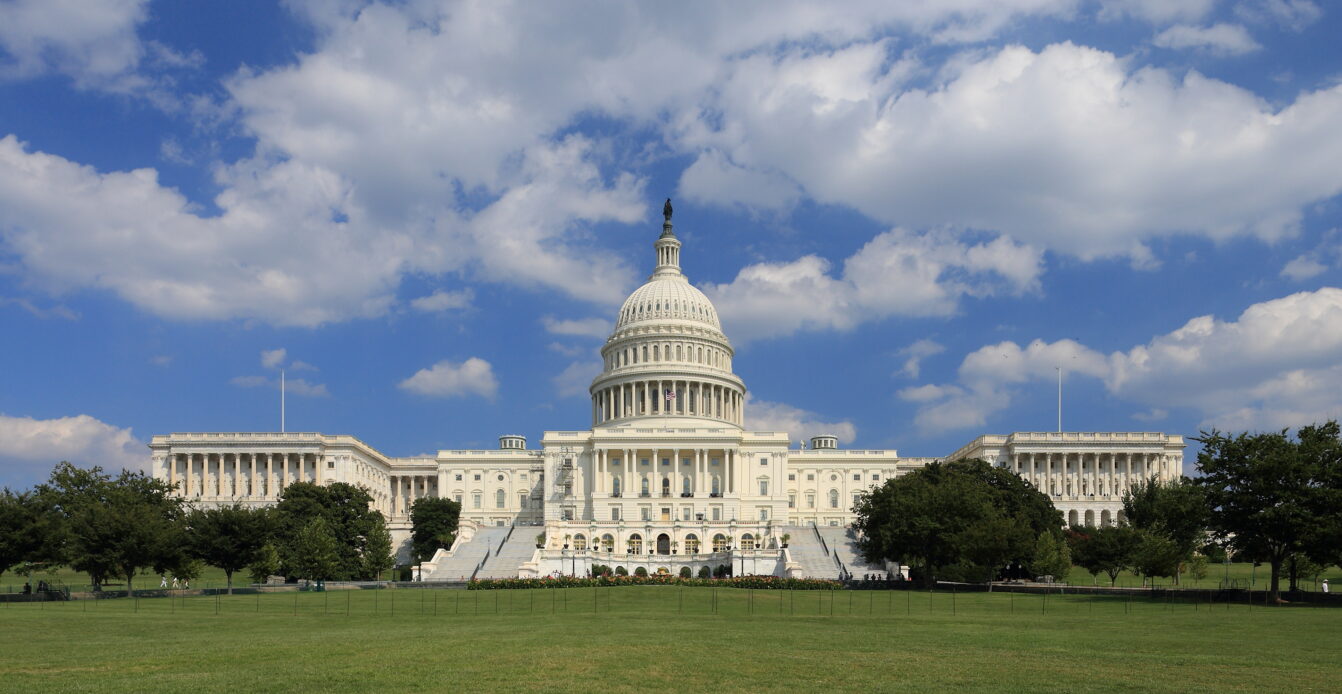Time to Rethink Lame-Duck Period

by Emory Gun ‘22
The United States has just concluded one of, if not the most, chaotic lame-duck periods in history. This period of time is between when the incoming president elect has won the election, but has yet to take office. In America the lame-duck period lasts from the first Tuesday in November (or whenever the results of the election are known) through Inauguration Day on January 20. That is about two and half months, and far too long.
Originally, this waiting period gave time to new presidents to travel to Washington D.C. during the winter. However, it is now 2021 and presidents can fly all around the country in a matter of hours. Throughout the winter, Donald Trump demonstrated to the world exactly why this lame-duck period can be so harmful. On Wednesday, January 6, thousands of Trump supporters, after he incited them, stormed the Capital building and tried to physically harm congresspeople, resulting in deaths, injuries, and arrests. As Trump has exhibited, this period of time can be used to cause much conflict and uncertainty within the country. Since the announcements and confirmation of the 2020 election results, Trump has refused to accept defeat and attempted multiple times to overturn the results and undermine democracy, instead of being a true leader for all Americans. If anyone thought America couldn’t become any more divided, January 6 sadly proved that to be very wrong.
Another harmful aspect of the lame-duck period is that defeated politicians no longer feel the pressure to please their constituents. Basically, many could be under the impression that they have no one to answer to and they can do what they want. In some instances, they are no longer working with the constituents’ best interests in mind. This problem became abundantly clear in the final months of the Trump presidency, as Trump made no concerted effort to handle the Covid- 19 pandemic which has left hundreds of thousands Americans dead.
There is an abundance of examples in different countries of a much faster and cleaner transfer of power. For example, Canadian Prime Minister, Justin Trudeau took office only two weeks after he won his election. Likewise the transfer of power in Great Britain is exceptionally quick. Now, there are still some benefits to some transitional period between presidents. The lame-duck period provides the incoming president with time to select their cabinet members and other appointees. However, such a process should just be shortened to about 20-30 days. While a month is still time for the sitting president to incite chaos, the damage would be halved or more. Imagine what the country could have avoided if Trump left office in early December.